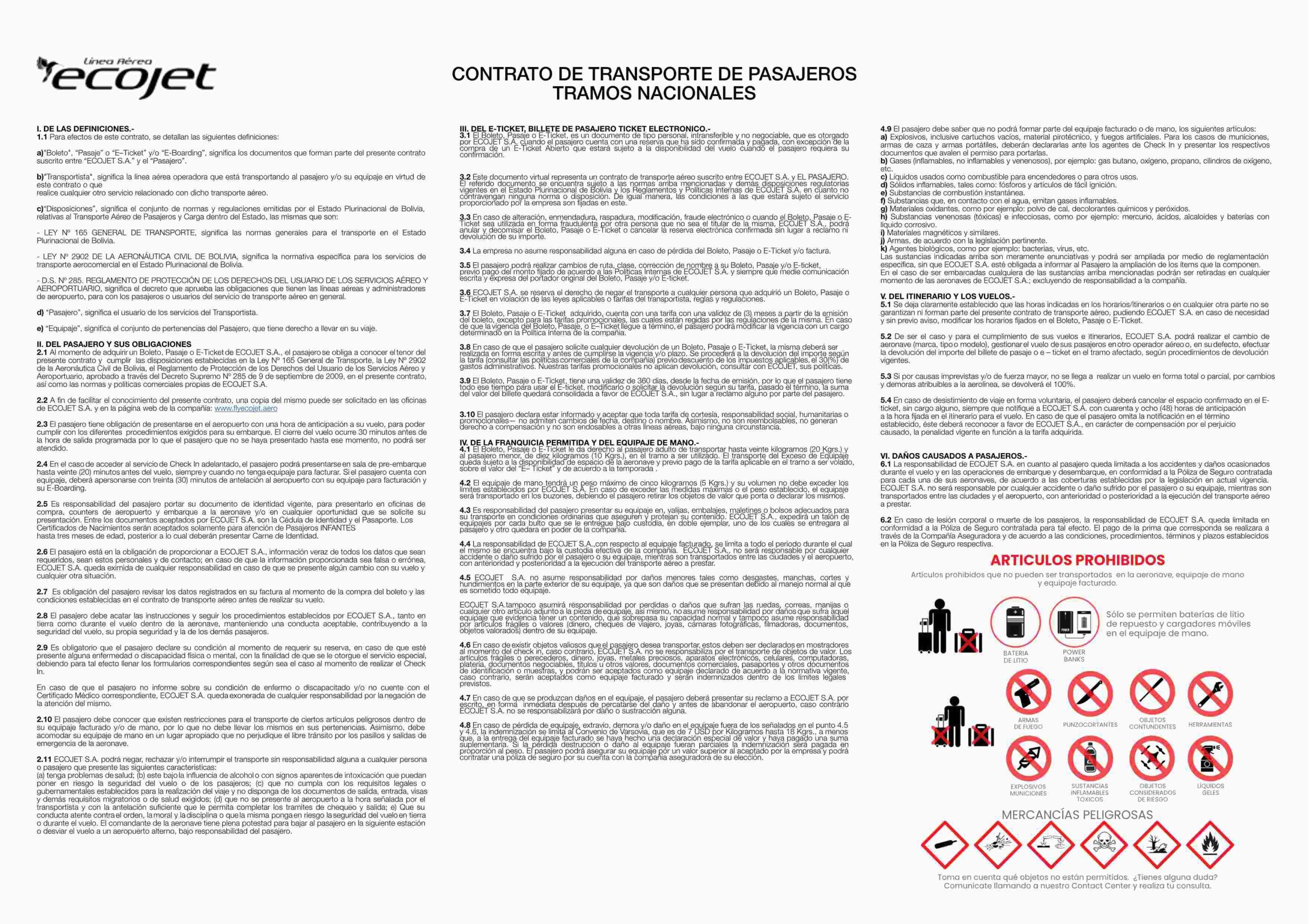La Paz
The City of La Paz, considered one of the 7 Wonder Cities of the world, is located at more than 3600 meters. high above sea level.
Due to this height the climate presents some variations throughout the year, it is very typical of La Paz that when it rains the sun immediately comes out or vice versa, on a sunny day the rains can suddenly start.
La Paz, located in the Bolivian highlands, is a city rich in culture and traditions, as well as tourist attractions that make it a must-see destination for any traveler.
Tourist attractions: The cable car: It is one of the most popular forms of transportation in the city and offers impressive views of the city and the surrounding area. The cable car is a unique way to explore La Paz and its surroundings. Famous Valle de La Luna, Valle de Las Ánimas among others.
The famous Folklore entrances such as the Gran Poder festival, University entrance and many more that show the diversity of dances.
The two great La Paz representatives of National and International Soccer, Club Bolívar and Club The Stronguest.
The Witches' Market: It is a traditional market where medicinal herbs, amulets and other magical products are sold. It is a unique and fascinating experience that will allow you to learn more about the local culture. The Killi Killi Viewpoint: is a viewpoint of the city that offers panoramic views
stunning views of La Paz and the surrounding valley. It is a popular place to view the city at sunset. Typical dishes: El Chairo: it is a soup made with meat, potatoes, chuño, corn and various vegetables. It is a nutritious and tasty dish. The Paceño Plate: it is a combination of several traditional ingredients from the highlands, such as potatoes, corn, broad beans, among others. Certainly the flavor cannot leave you indifferent because the combination of broad beans, corn and meat (which is optional) match a good La Paz cheese.
Climate: The climate in La Paz is cool and dry throughout the year, with temperatures ranging between 5 and 20 degrees Celsius. The driest months are from May to October, while the wettest months are from November to April. Due to the altitude of the city, which is more than 3,600 meters above sea level, it is common to suffer from altitude sickness, so it is important to take preventive measures such as drinking plenty of water and avoiding alcohol and tobacco during the first days.






